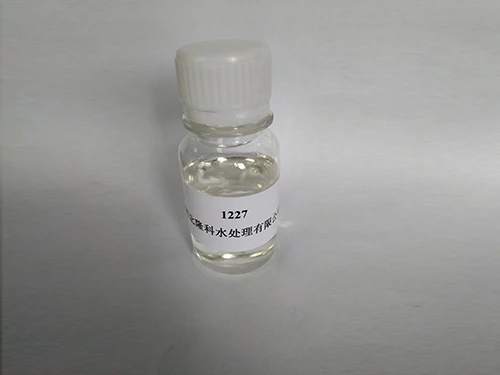isothiazolinone uses
The Uses of Isothiazolinones A Comprehensive Overview
Isothiazolinones are a class of organic compounds that have garnered significant attention in both industrial and consumer applications due to their efficacy as biocides and preservatives. These compounds, which include well-known members such as methylisothiazolinone (MIT) and chloromethylisothiazolinone (CMIT), are prominent in a variety of products ranging from personal care items to industrial formulations. Understanding their uses and the implications of their application can provide valuable insights into both their benefits and caveats.
1. Preservation in Personal Care Products
One of the most notable uses of isothiazolinones is in the formulation of personal care products. These compounds are frequently found in cosmetics, shampoos, and lotions, where they act as preservatives. Their primary role is to prevent microbial growth, which can compromise product safety and efficacy. Given their broad-spectrum antimicrobial properties, isothiazolinones are effective against a wide range of bacteria and fungi, ensuring that products remain safe for consumers over extended periods.
However, it is important to note that the use of isothiazolinones has become controversial due to reports of allergic reactions and sensitivities. Regulatory bodies in various countries have scrutinized their concentrations in consumer products, leading to stricter guidelines and recommended usage limits to protect consumer health.
2. Industrial Applications
Beyond personal care items, isothiazolinones are extensively used in industrial applications. They serve as biocides in formulations like paints, coatings, and adhesives, where they inhibit the growth of microorganisms that could compromise the product's integrity and longevity. In water treatment processes, isothiazolinones play a crucial role in controlling microbial populations in industrial water systems, cooling towers, and wastewater treatment facilities. The compounds effectively mitigate biofouling and slime formation, which can lead to operational inefficiencies and increased maintenance costs.
Additionally, isothiazolinones are often employed in the formulation of working fluids and metalworking fluids, where they help maintain hygiene and prolong the lifespan of the fluids by preventing microbial contamination
.isothiazolinone uses

3. Agricultural Applications
Isothiazolinones have found utility in agricultural settings, where they are used as fungicides and herbicides. Their action against microbial pests and diseases makes them valuable in protecting crops, improving yield, and preserving the quality of produce. The use of isothiazolinones in agriculture, however, also comes with environmental considerations. As with their application in other sectors, the potential impact on non-target organisms and the development of resistance are aspects that require careful management and ongoing research.
4. Challenges and Safety Concerns
Despite their widespread uses, isothiazolinones face challenges related to safety and environmental impact. Cases of skin sensitization and allergic reactions have raised concerns, prompting calls for alternative preservatives that could offer similar benefits without the associated risks. The cosmetics and personal care industry have begun exploring various natural and synthetic alternatives, although finding equally potent substitutes remains challenging.
Moreover, environmental regulations are increasingly scrutinizing the impact of biocides like isothiazolinones on ecosystems. The persistence of these compounds in water sources and their potential toxicity to aquatic life necessitates responsible manufacturing and disposal practices.
5. Conclusion
Isothiazolinones have established themselves as versatile compounds with valuable applications across various industries, from personal care products to industrial processes and agriculture. Their effectiveness as biocides and preservatives is undeniable; however, the rising awareness of their potential health risks and environmental impact calls for careful consideration in their use. Ongoing research into safer alternatives and improved regulatory frameworks will be essential to balance the benefits of these compounds with the need for safety and sustainability in an ever-evolving market. Stakeholders, including manufacturers and consumers, must stay informed about the implications of isothiazolinones to foster a responsible approach to their utilization.
-
2 Phosphonobutane 1 2 4 Tricarboxylic Acid (PBTCA) – Superior Scale InhibitorNewsSep.01,2025
-
2 Phosphonobutane 1,2,4 Tricarboxylic Acid (PBTCA): Superior Scale & Corrosion InhibitorNewsAug.31,2025
-
Dodecyldimethylbenzylammonium Chloride: High-Purity DisinfectantNewsAug.30,2025
-
2-Phosphonobutane-1,2,4-Tricarboxylic Acid: Scale & CorrosionNewsAug.29,2025
-
Premium Isothiazolinones | Broad-Spectrum Biocidal SolutionsNewsAug.28,2025
-
LK-319 Special Scale And Corrosion Inhibitor For Steel Plants: Advanced Solutions for Industrial Water SystemsNewsAug.22,2025





